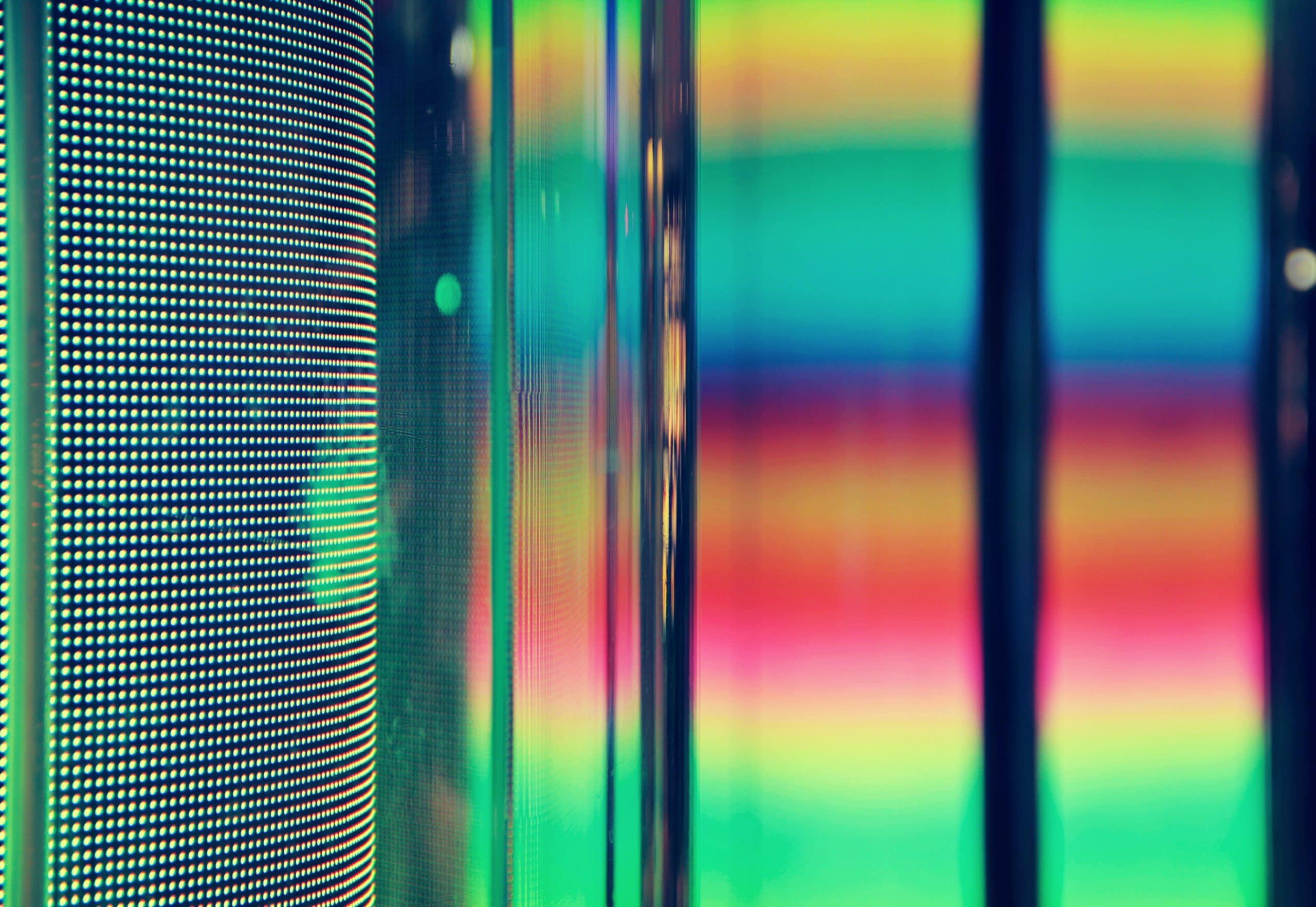When Does a Higher Bitrate Not Equal Higher Quality?

This methodology serves you well for several projects… until it doesn’t. Thanks in part to compression nuances, bitrate is not as straightforward as higher bitrate = higher quality video. Let’s dig into the exceptions for this rule.
Video is a series of still images
First, some background: video, in its most basic form, is a series of still images that are played back at a specific frame rate. To fully understand the nuances of video bitrate, you need to understand how compression can impact still images.
In digital form, there are many ways to represent images that you may be familiar with: bitmaps, JPEGs, PNGs, and more. There are so many different digital image “formats” because there are both different types of images (photographs, digitals designs, etc.) and use cases (displaying on a web page, attaching to an email, using to print large banners, etc.). Due to data size, quality, resizability, and more, some formats are better than others for different types of images and use cases.
If you need to send an image over the internet, the smaller the file, the faster the image can be sent. Bitmaps are the most basic digital image format, where each pixel of an image is represented by three red, green, and blue color values. The problem with bitmaps is that they are “uncompressed” so their data requirements are huge when compared to other image formats. JPEG and PNG are both “compressed” image formats that will result in smaller data sizes than bitmaps, and are frequently used for digital transmission.
Lossy vs. lossless compression in images
One main difference between JPEG and PNG compression is that JPEG is “lossy” whereas PNG is “lossless”. “Lossy” compression essentially “throws away” detail to reduce data size. If you have ever seen a “pixelated” image on the internet or one where there are strange blocky artifacts in the image, that is a result of lossy JPEG compression.
You will never be able to recover the detail lost by JPEG compression, even if you convert the image back to a bitmap. Once the detail has been removed, it is forever “lost.” However, it is generally detail that isn’t that important to the quality of the image for its intended use case.
When a PNG file is created, the compression occurs through a process of determining what sections of the image are the same color. The image is then compressed and stored with details like “the first 150×150 pixels of the image are all the same shade of green.” This results in a “lossless” compression and, as you might expect, you can convert a PNG back to a BMP with no loss of detail.
Digital photographs should generally be compressed using JPEG instead of PNG, since there won’t be many contiguous pixels of exactly the same color in the real world. Digital designs, on the other hand, will likely benefit from PNG compression, resulting in smaller files with no loss of detail.
Both lossy and lossless compression exist in other media, as well. For audio, FLAC is a lossless compression format, whereas MP3 and AAC are both lossy, where they remove higher-frequency audio details that most users won’t miss or notice.
How does this translate to video compression?
Video captured by the OpenReel application is essentially a series of still-frame photographs of the real world, so the video compression formats that we use are also lossy.
But here is where things get even more complex: video compression algorithms or “codecs” — derived from blending the words “coder” and “decoder” — also look at the differences between frames, and try to throw out any redundant data, further lowering the overall data size. What this essentially means is that the more motion in a scene, the more differences between frames, and the more data required to properly represent those changes.
For example: If you take a video of a cat sleeping on a bed, most of the frames in the scene will remain more or less unchanged over time. Contrast that with video of a high-speed car chase, and you get the idea.
So, what’s this mean for bitrate and video quality?
While compression nuances keep things interesting on the bitrate vs quality front, thankfully, most modern video technology has evolved to account for this. By using compression algorithms with complex math to detect what parts of a scene are moving (and what parts are relatively static) video technologies, like OpenReel, can use that information to further reduce the overall data required to capture that video. Less computing power required without sacrificing video quality? That’s another sustainability win we can get behind.
Special thanks to our Mobile Engineering Manager and Mobile Architect Stefan Kaczmarek for making this post possible.
Still curious about video bitrate and ensuring high-quality video? Check out our tips for evaluating video creation tools.















